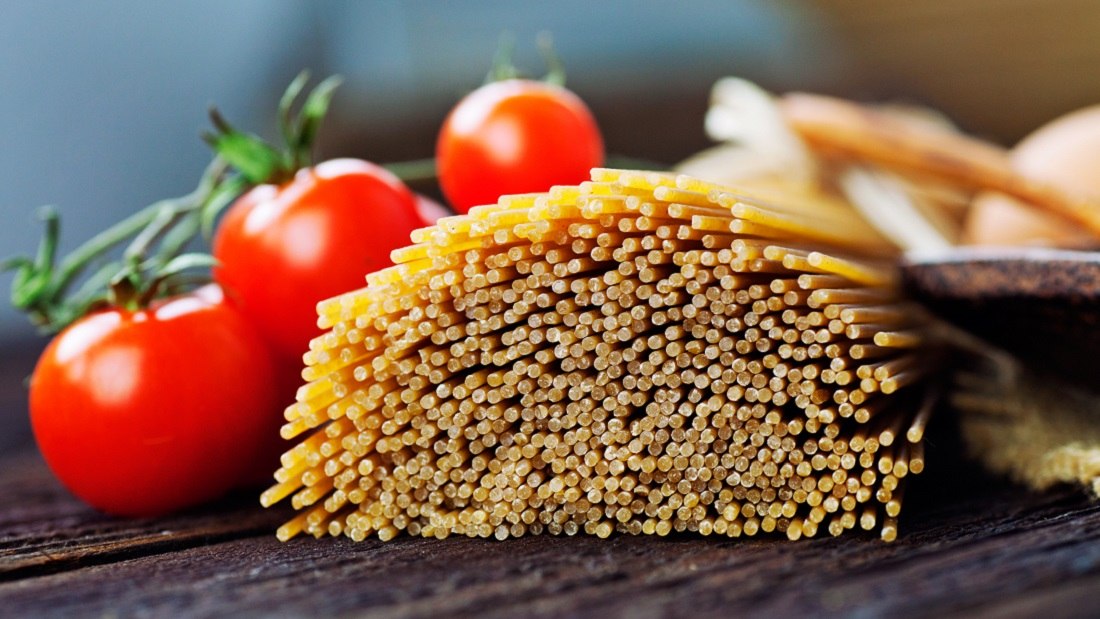Manganese

How much do you need daily?
Dietary reference values for manganese have not been established in the UK.
The government recommends the following intakes
Although there is no specific recommended daily amount for manganese, it is estimated that most people require between two and five milligrams per day.
The European Food Safety Authority (EFSA) have set the following adequate intakes:
| Age | Amount of manganese recommended (milligrams per day) |
|---|---|
| 7-11 months | 0.2-0.5 |
| 1-3 years | 0.5 |
| 4-6 years | 1.0 |
| 7-10 years | 1.5 |
| 11-14 years | 2.0 |
| 15-17 years | 3.0 |
| 18+ years | 3.0 |
| During pregnancy | No increase required |
| Breastfeeding | No increase required |
Are we getting enough?
In 2000, the UK population’s exposure to manganese was measured in the UK Food Standards Agency’s Total Diet Study. The dietary exposure of adults to manganese for average and high level consumers was respectively 5.2 and 9.2 milligrams per day. This lies within the range deemed to be safe and adequate.
Why do we need it??
Manganese is a mineral we need for healthy bones, skin, cartilage, nervous system and in sugar metabolism. It also plays a key role in protecting our cells and tissues from damage and keeping the immune system strong.
Although there’s no need to take extra manganese in supplements, if you do have a supplement that contains it, up to 4.0 milligrams a day is unlikely to cause any harm. Older people may be more sensitive to manganese, so the intake from supplements should not be higher than 0.5 milligrams per day. Taking manganese supplements for long periods of time can cause muscle pain, nerve damage, fatigue and depression.
Do I need a supplement?
No, a healthy vegan diet containing the above foods on a daily basis will cover your needs.
The best plant sources

The best plant sources of manganese include tea, wholegrains (wholemeal spaghetti, wheat germ, wholegrain rice, oatmeal or rolled oats and wholemeal bread), nuts (pecan nuts, hazelnuts/filberts, peanuts, walnuts, almonds, cashew nuts and peanut butter), pulses (tofu, soya beans, lentils and chickpeas), green vegetables (spinach and kale), berries (blueberries, raspberries and strawberries) soya milk, seeds (sunflower seeds, sesame seeds and tahini – sesame seed paste) and avocados.
Nuts, grains, beans and tea are rich in manganese hence vegetarians and tea drinkers may have a higher intake than the average person but such levels are unlikely to cause adverse health effects.
Manganese may also be present in small amounts in tap water and its concentration can vary seasonally.
Signs of deficiency
Low blood sugar, dizziness, bone and cartilage problems and reduced fertility.
Foods to include
| Food | Milligrams of manganese in one portion | % of EFSA adequate intake (3.0 milligrams) |
|---|---|---|
| *Tea (one cup, 250 ml) | 0.48 | 16 |
| Wholemeal spaghetti (average portion, 220g) | 2.51 | 84 |
| Wheat germ (2 tablespoons, 14g) | 1.89 | 63 |
| Wholegrain rice, cooked (medium portion, 180g) | 1.66 | 55 |
| Oatmeal or rolled oats (40g portion) | 1.46 | 49 |
| Pecan nuts (5 nuts, 30g) | 1.38 | 46 |
| Hazelnuts/filberts (1 handful, 28g) | 1.37 | 46 |
| Tofu, steamed, fried (typical portion, 100g) | 1.20 | 40 |
| Peanuts, plain (medium bag, 50g) | 1.05 | 35 |
| Spinach (baby raw, average serving, 90g) | 0.77 | 26 |
| Blueberries (raw, average portion, 100g) | 0.69 | 23 |
| Walnuts (6 halves, 20g) | 0.68 | 23 |
| Wholemeal bread (medium slice, 36g) | 0.63 | 21 |
| Soya beans, cooked 2-3 tablespoons (90g) | 0.63 | 21 |
| Lentils, green and brown, cooked (120g) | 0.60 | 20 |
| Chickpeas (2 tablespoons, 70g) | 0.56 | 19 |
| Soya milk (1 glass, 200g) | 0.50 | 17 |
| Spinach (mature, boiled, average serving, 90g) | 0.45 | 15 |
| Almonds (12 whole nuts, 26g) | 0.44 | 15 |
| Kale (medium portion, 95g) | 0.38 | 13 |
| Sunflower seeds (1 tablespoon, 16g) | 0.35 | 12 |
| Cashew nuts (20 nuts, 20g) | 0.34 | 11 |
| Peanut butter, smooth (thickly spread on one slice, 20g) | 0.34 | 11 |
| Raspberries (20 raspberries, 80g) | 0.32 | 11 |
| Strawberries, average portion (100g) | 0.31 | 10 |
| Avocado (1 medium, 145g) | 0.29 | 10 |
| Sesame seeds (1 heaped teaspoon, 19g) | 0.29 | 10 |
| Tahini – sesame seed paste (1 heaped teaspoon, 19g) | 0.29 | 10 |
Source: Public Health England: McCance and Widdowson’s The Composition of Foods Integrated Dataset.
*Tea
Levels of manganese in black tea are variable and can be very high, and for those who drink lots of tea, intakes may result in toxic levels. Even in moderate tea drinkers, intakes can exceed the proposed adequate intake value of three milligrams per day, and may exceed upper limits of 10-11 milligrams per day. Four standard mugs of black tea may contain 1.8-5.2 milligrams of manganese. Steeping tea for longer periods of time increases levels, so steeping for longer than three minutes should be avoided, especially if you drink a lot of tea.
Additional information
Tap water
Tap water is a source of manganese. The UK limit for manganese in drinking water is 50 micrograms per litre of water. This is mainly to do with non-health reasons though as when levels exceed 100 micrograms per litre, it can stain plumbing fixtures and laundry. The World Health Organisation’s health-based value for manganese is 400 micrograms per litre of water.
The Food Standards Agency’s Expert Group on Vitamins and Minerals advise that supplements that contain up to four milligrams (4000 micrograms) of manganese per day, would be unlikely to cause harm to health.
Too much manganese
Excess manganese can result in interference with the absorption of iron and may result in ADHD-like symptoms in children exposed while in the womb. Taking high doses of manganese for long periods of time may cause muscle pain, nerve damage, fatigue and depression.
At risk groups
People who are anaemic may be more at risk to the adverse effects of too much manganese because the body absorbs more of this mineral when iron levels are low. Other vulnerable individuals include those with liver disease, the elderly and infants. Alcohol and long-term use of anti-psychotic drugs may increase the susceptibility to the adverse effects of manganese. If you are concerned, speak to your doctor.
This post has been categorised in: A-Z of nutrients, A-Zs, Health




